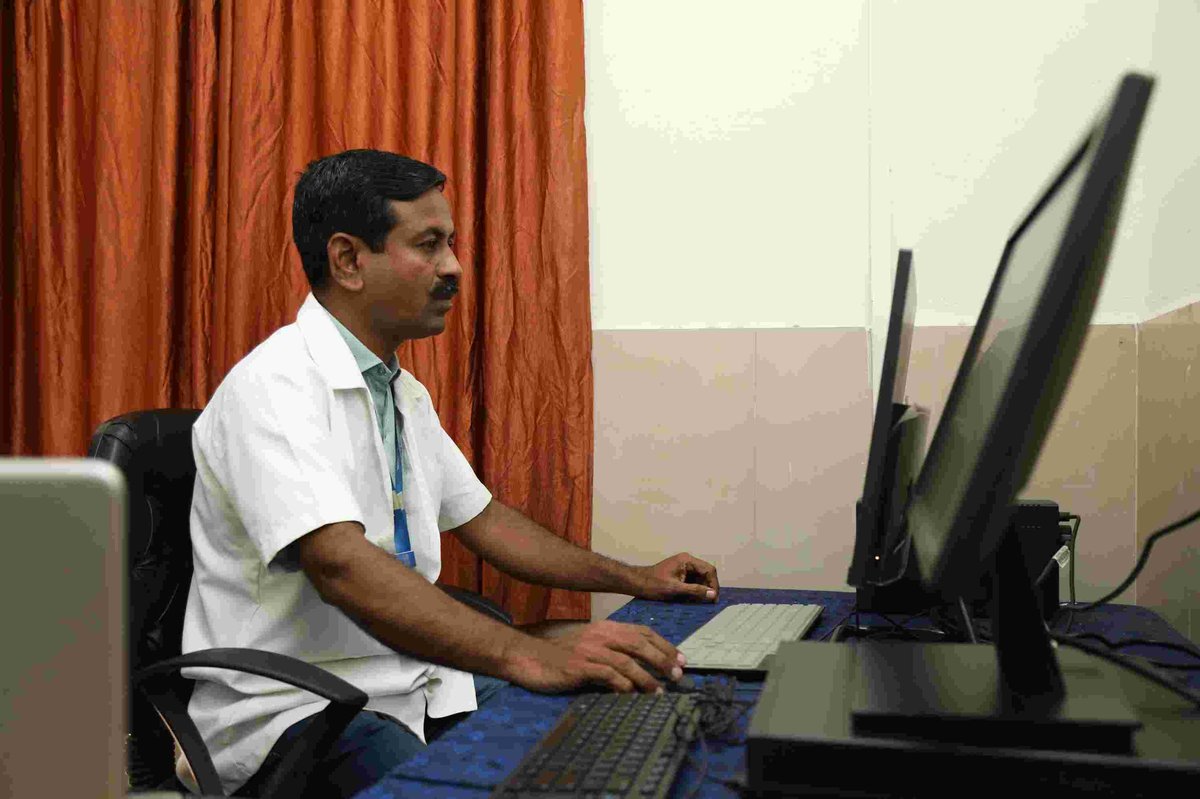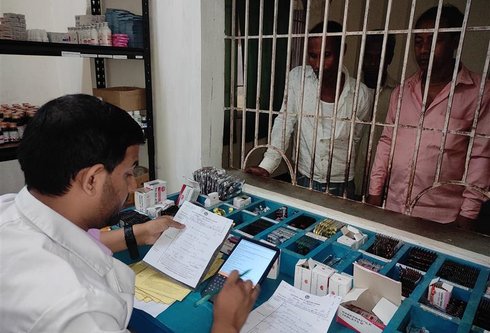Antimicrobial resistance (AMR) is a growing global health concern. As common infections become increasingly untreatable, AMR could reverse decades of progress.
Over the last 15 years, one message has been emphasized at every AMR-related meeting or conference I have attended: we need robust diagnostics to guide antibiotic prescriptions. Yet, despite repeated calls to action, the reality is that point-of-care diagnostics still fall short of meeting the demands of overstretched clinicians and overwhelmed health systems.
Diagnostics are undoubtedly essential for precision medicine, infection prevention and control, stewardship, and surveillance. Continued investment in research and innovation is critical to enhance their efficiency and usability. The WHO Antimicrobial Resistance (AMR) Diagnostic Initiative is making strides to strengthen diagnostic capacity, building on the resolution adopted by Member States during the 76th World Health Assembly.
Most clinicians, however, do not have access to timely, affordable, or actionable diagnostics. And even when they do, the system often doesn’t support their use in routine care due to numerous operational factors like lack of skilled technicians, pocket expenditure burden, data handling capability, reliable power infrastructure, supply chain issues, and most importantly, a considerably high patient load demanding rapid treatment to allow citizens to return to their work and household duties.
The diagnostic access gap is glaringly apparent, with 47% of the global population having little to no access to diagnostics, according to the Lancet. In low- and lower-middle-income countries, the gap is more severe, with only about 19% of populations having access to the simplest diagnostic tests (except for HIV and malaria). Even in tertiary care hospital settings, this figure only rises to 60–70%.
While we wait for those access gaps to improve, data and trends-based clinical decision-making can come into the picture.
Imagine a scenario where every general practitioner had access to a simple dashboard or information showing the most common infections in their locality, the resistance patterns of those pathogens, and recent trends. This wouldn’t replace diagnostics, but it would inform empirical prescribing in a way that is both feasible and impactful.
Earlier this year, I posted a poll on social media, stemming from a question I have been reflecting upon for years: while we wait for truly practical diagnostic solutions, could general practitioners and clinicians make more judicious empirical decisions if they were equipped with local data such as infection trends and resistance patterns?
The response was overwhelming: 94% said yes. This was not just a reflection of collective sentiment, but a signal that we may be overlooking a powerful, implementable solution.
Several key opinion leaders shared their experience-backed and compelling perspectives on the poll:
- Dr Pawan Kumar, a research scientist, highlighted that access to localized AMR data can enhance empirical antibiotic decisions, especially in high-burden, resource-limited settings. Even without point-of-care diagnostics, if general practitioners had access to regularly updated regional resistance patterns, it could significantly reduce the number of inappropriate prescriptions.
- Richa Vashishta (BIRAC) highlighted the potential of AI and machine learning to analyze historical and real-time data, including bacterial genomes and patient records, to guide antibiotic selection, dosage, and duration. This could usher in a new era of personalized, data-driven care.
- Dr. Dhirendra Kumar (National Centre for Disease Control) shared that under India’s National AMR Programme, WHONET training is being offered at district hospitals and state medical colleges, enabling health care professionals to generate and share localized antibiograms and helping clinicians make informed antibiotic prescribing decisions based on current regional resistance trends.
- Arpana V Prabhu (NeoDx) pointed out that even where data exists, prescribing behavior is slow to change, especially in complex infections involving mixed pathogens, leading to broad-spectrum antibiotic use without testing.
- Gladys Macharia (CEPI) noted that most prescriptions are based on symptoms and experience, not diagnostics. She advocated for contextual data systems that can be integrated into health systems today, while next-gen diagnostics are still in development.
- Geetanjali Kapoor(AmeriCares) reminded us that AMR is a cross-sectoral challenge, and without robust surveillance, “you can’t rein in what you can’t measure.”
- Pete Gardner (LifeArc) advocated for more research to test this hypothesis.
- Effie Guo (Attribution HealthTech) said, "It's a pragmatic bridge until point-of-care diagnostics catch up. Empowering clinicians with real-time, localized insights could truly turn the tide against AMR, fostering both better patient outcomes and stronger public health infrastructure."
“The most powerful solutions are not the most complex, but the most practical. While we continue to invest in diagnostics (as we must), we should also empower clinicians with the data they need to make better decisions today.”
What next?
First and foremost, for this to work, we need to establish robust local surveillance systems that collect, analyze, and share data on antimicrobial use, resistance patterns, and associated factors in real time. This is necessary for health care systems and policymakers to understand the magnitude and trends of AMR connected with infections, pathogens, and syndromes in their region. Developing policy frameworks that incentivize data-driven prescribing and its integration into national AMR strategies is an important part of this strategy.
Second, digital technology and predictive analytics must be put to strategic use for translating complex microbiological data into actionable insights for clinicians. For example, tools such AMRSense, a partnership between IIIT-Delhi, ICMR, CHRI-PATH, and Tata 1mg, aim to enhance community health worker engagement, motivation, and data collection capabilities while establishing a robust data ecosystem and analytics framework for AMR surveillance and management.
Finally, behavioral change interventions and campaigns are needed to shift prescribing habits among clinicians and public attitudes on antibiotic consumption. Campaigns co-designed by experts and community champions would be key to improving awareness, shifting mindsets, and fostering trust in data-driven approaches among all stakeholders. Without effective communication, even the best tools and policies risk being underutilized.
At PATH, we are committed to driving the global response to AMR through innovation, partnerships, and a focus on health equity. AMR is an urgent issue now, at this very moment. The most powerful solutions are not the most complex, but the most practical. While we continue to invest in diagnostics (as we must), we should also empower clinicians with the data they need to make better decisions today.



